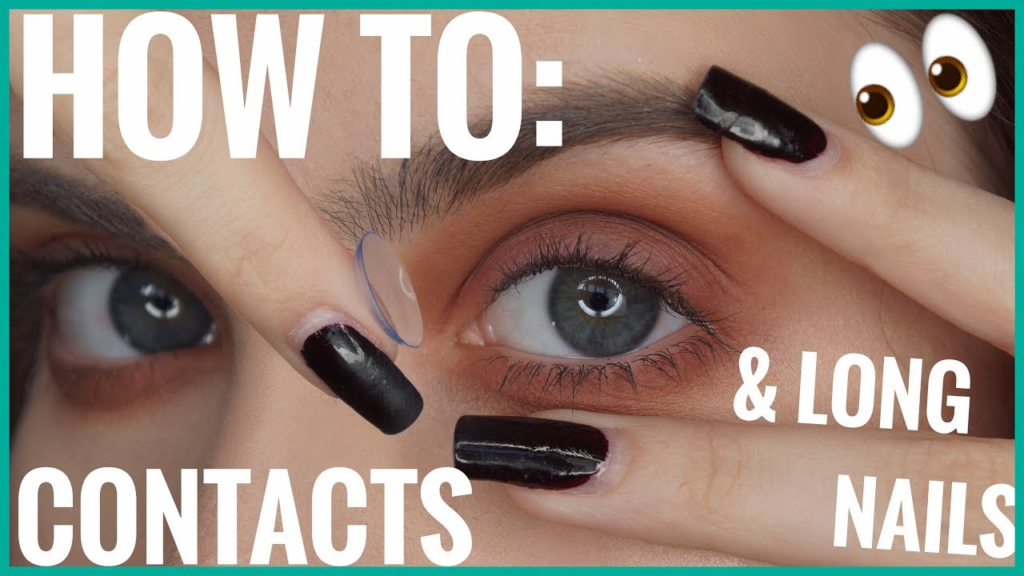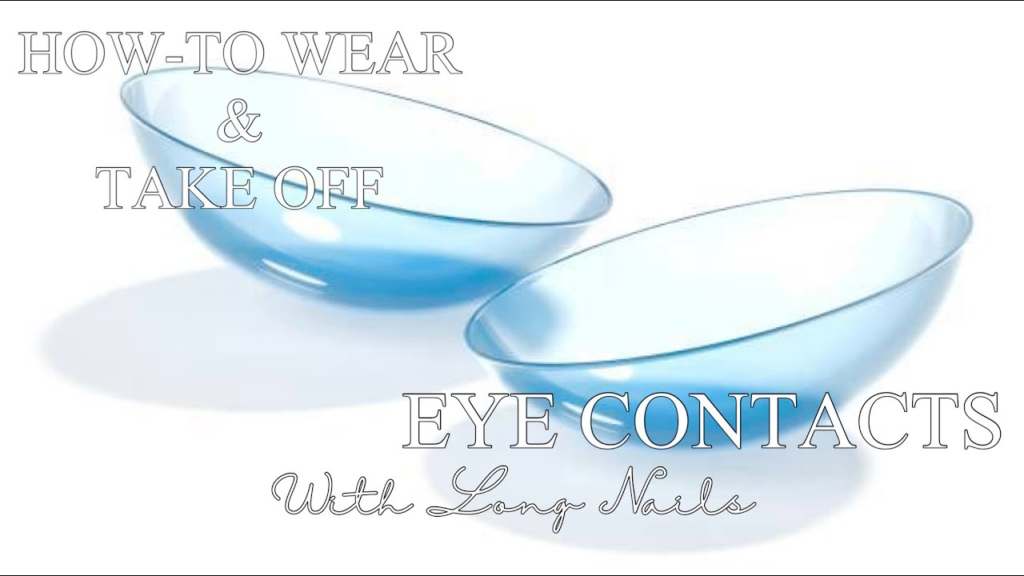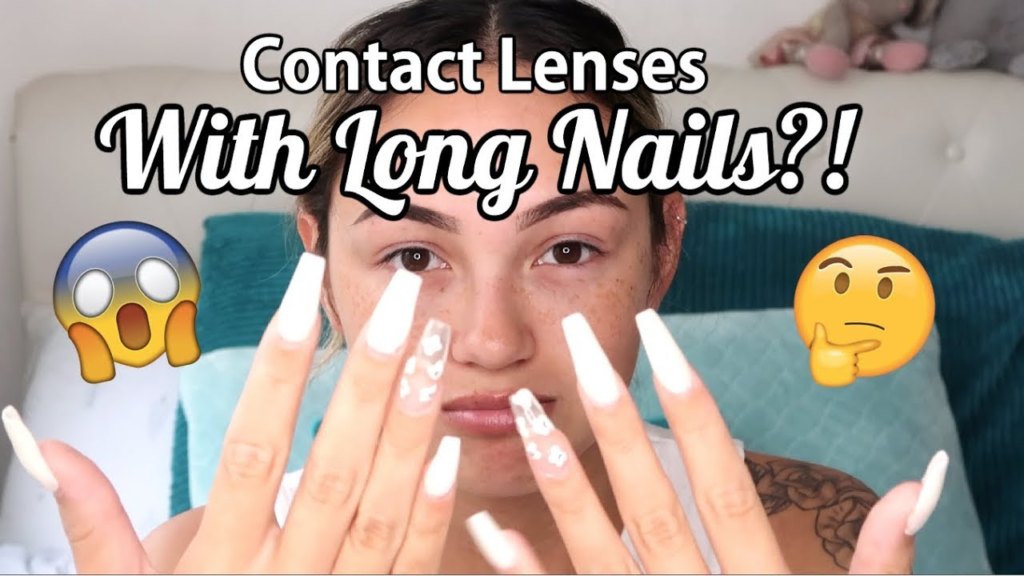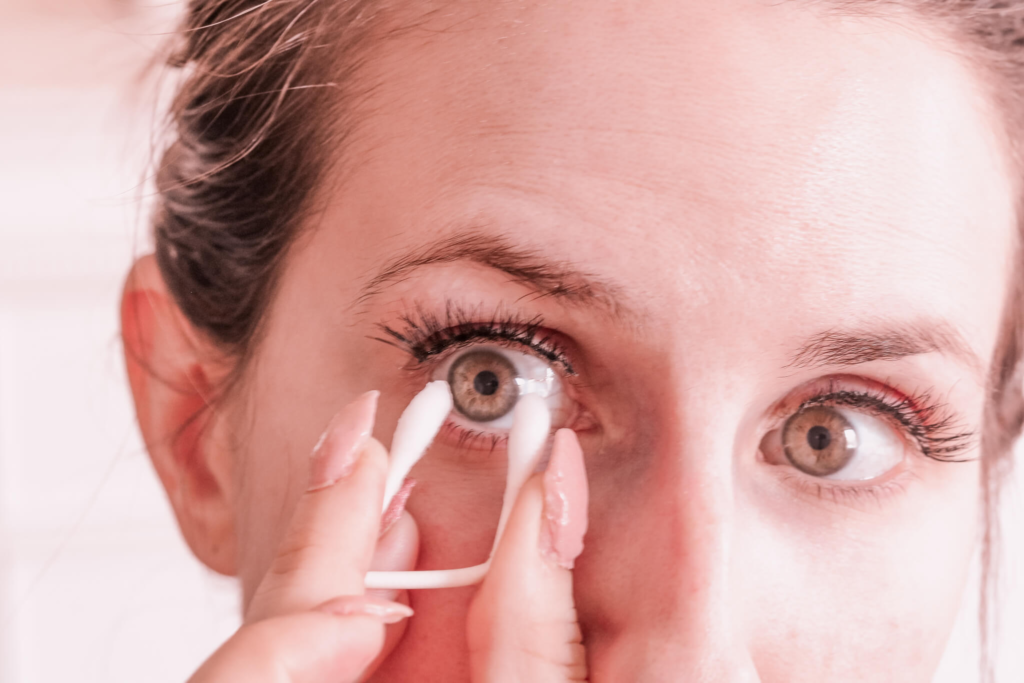Find out why your contact lenses are difficult to remove and discover effective tips and techniques to make the process easier. Learn about the appropriate way to remove soft contact lenses, common mistakes to avoid, and how to overcome stubborn lenses. Get expert insights and answers to FAQs on contact lens removal.
Introduction:
Contact lenses provide visual correction and convenience for millions of people worldwide. However, sometimes they can be challenging to remove, causing frustration and discomfort. In this comprehensive guide, we will address the common issues related to contact lens removal and provide valuable tips and techniques to make the process smoother. Whether you are a new wearer or have been using contact lenses for years, this article will help you overcome the difficulties and improve your experience.

Why Are My Contact Lenses So Hard to Remove?
Contact lenses can sometimes be challenging to remove due to various factors. One common reason is that they may stick to your eyes due to dryness. Insufficient lubrication can make the lenses adhere to the surface of your eyes, making it harder to slide them off. Additionally, improper handling, such as pinching or squeezing the lenses too tightly, can cause them to fold or wrinkle, making removal more difficult. Furthermore, debris or protein buildup on the lenses can lead to increased friction, making them stickier and harder to remove.
The Easiest Way to Take Out Contact Lenses
The easiest way to take out contact lenses is to follow a step-by-step process that ensures gentle and efficient removal. Here’s a simple guide to help you:
- Wash your hands thoroughly with mild soap and water.
- Dry your hands with a lint-free towel to avoid transferring any fibers to the lenses.
- Look upward and pull down your lower eyelid gently.
- Use your index finger to touch the lower edge of the lens and slide it down onto the white part of your eye.
- With your thumb and index finger, gently pinch the lens between them.
- Lift the lens off your eye in a slow and controlled motion.
- Place the lens in a clean contact lens case and cover it with fresh multipurpose solution.
Remember to handle your lenses delicately and avoid using excessive force, which could damage the lens or cause injury to your eyes.
Can You Remove Contact Lenses with Cotton Buds?
No, it is not recommended to remove contact lenses with cotton buds. Cotton buds can leave fibers on the lenses, which can irritate your eyes and potentially cause an infection. Additionally, using cotton buds may increase the risk of accidentally poking or scratching your eye. It is best to use clean hands and proper contact lens removal techniques to ensure the safety and integrity of your lenses.
Appropriate Way to Remove Soft Contact Lenses
Removing soft contact lenses requires a gentle approach to avoid damaging the lenses or hurting your eyes. Follow these steps to remove soft contact lenses safely:
- Wash your hands thoroughly with soap and water and dry them with a lint-free towel.
- Look up and gently pull down your lower eyelid.
- Place your index finger on the lower edge of the lens and slide it down onto the white part of your eye.
- Use your thumb and index finger to gently pinch the lens.
- Lift the lens off your eye with a smooth, controlled motion.
- Place the lens in a clean contact lens case and fill it with fresh solution.
By using proper technique and being gentle, you can remove soft contact lenses comfortably and without difficulty.
How to Remove Stubborn Contact Lenses
Stubborn contact lenses can be frustrating to remove, but with the right approach, you can overcome the challenge. Here are some techniques to help you remove stubborn contact lenses:
- Apply lubricating eye drops: Use preservative-free lubricating eye drops to moisten your eyes and make the lenses less sticky.
- Blink and move your eyes: Blinking and gently moving your eyes from side to side can help loosen the lenses.
- Use a contact lens suction cup: If your lenses are difficult to grasp, a contact lens suction cup can provide additional grip and make removal easier.
- Try the “pinch and roll” technique: Gently pinch the lens between your thumb and index finger, then roll it slightly to break any suction or adhesion.
Remember to be patient and avoid using excessive force, as this can damage your lenses or harm your eyes. If you continue to have difficulty removing stubborn lenses, consult your eye care professional for further guidance.
Removing Soft Contact Lenses without Pinching
Removing soft contact lenses without pinching requires a delicate touch and a controlled technique. Here’s how you can remove them without pinching:
- Wash your hands thoroughly and dry them with a lint-free towel.
- Look up and gently pull down your lower eyelid.
- Slide the lens down onto the white part of your eye using your index finger.
- With your thumb and middle finger, gently squeeze the lens on either side.
- Lift the lens off your eye in a smooth and controlled motion.
By avoiding excessive pinching and using a gentle grip, you can remove soft contact lenses without causing discomfort or damage.
Using Saliva to Clean Contacts: Is It Safe?

No, using saliva to clean contacts is not safe. Saliva contains bacteria and other microorganisms that can potentially cause eye infections. It is essential to clean your contact lenses with an appropriate contact lens solution recommended by your eye care professional. Saline solution or multipurpose solution specifically designed for contact lenses is the safest and most effective way to clean and disinfect your lenses. Remember to follow the instructions provided with the solution and avoid shortcuts that may compromise your eye health.
Removing Contacts without Blinking
Removing contacts without blinking can be challenging, especially if you have a reflexive blinking response. Here are some tips to help you remove contacts without blinking excessively:
- Take a deep breath and relax before starting the removal process.
- Use your non-dominant hand to hold your eyelids open gently.
- Look straight ahead or slightly upward to minimize the urge to blink.
- Use your dominant hand to remove the lens using the appropriate technique.
- If blinking is unavoidable, try to time your blinks between steps or during the lens removal process when the lens is safely in your grasp.
Practicing these techniques and remaining calm can help you remove your contacts smoothly and with minimal blinking.

Removing Contact Lenses without a Suction Cup
If you don’t have a contact lens suction cup, don’t worry. There are alternative methods to remove contact lenses effectively. Here are a few techniques you can try:
- Use your fingertips: Wash your hands thoroughly, then use your index finger and thumb to gently pinch the lens and lift it off your eye.
- Employ the “slide and scoop” technique: With clean hands, slide the lens to the outer edge of your eye, then use your thumb or index finger to scoop it off.
- Use a wetted cotton swab: Wet the tip of a cotton swab with sterile saline solution or multipurpose solution. Gently touch the lens and lift it off your eye.
Remember to handle your lenses with care and avoid excessive force or pressure that could damage the lenses or injure your eyes.
Signs Your Contact Lens Is Still in Your Eye
Sometimes, it can be challenging to determine if your contact lens is still in your eye, especially if you wear soft or colored lenses. Here are some signs that may indicate your lens is still in your eye:
- Persistent discomfort or foreign body sensation: If you feel as though there is something in your eye, it could be a sign that your lens is still present.
- Blurred or hazy vision: A contact lens that hasn’t been properly removed can cause vision disturbances.
- Redness or irritation: If your eye appears red or feels irritated, it could be due to an improperly removed contact lens.
- Excessive tearing: If your eye is tearing excessively, it may be a response to an irritant, such as a contact lens.
If you experience any of these signs or are uncertain about whether your lens has been removed, it is important to consult your eye care professional for a thorough examination.
Contact Lens Removal Hacks
Here are some contact lens removal hacks that can make the process easier and more convenient:
- Lubricate your eyes: Use lubricating eye drops before attempting to remove your lenses. This can help reduce friction and make the removal process smoother.
- Try a contact lens plunger: A contact lens plunger is a small suction device that provides additional grip, making it easier to remove the lens.
- Use a contact lens remover tool: There are specialized tools available, such as contact lens tweezers or removers, which can assist in safe and efficient lens removal.
- Practice relaxation techniques: Deep breathing and relaxation exercises can help reduce tension and make the lens removal process less stressful.
Remember to always use these hacks with caution and follow the instructions provided to avoid any potential damage to your lenses or eyes.

Why Do My Eyes Hurt After Removing Contacts?
Experiencing discomfort or eye pain after removing contact lenses can be concerning. Here are some possible reasons why your eyes may hurt after removing contacts:
- Dryness: Contact lenses can contribute to dry eyes, especially if they are not properly lubricated during wear. Dryness can cause eye irritation and discomfort.
- Eye sensitivity: Some individuals have naturally more sensitive eyes, and the removal process can trigger temporary discomfort or mild pain.
- Incorrect lens handling: Rough or improper handling of contact lenses during removal can cause eye irritation or corneal abrasions, leading to pain.
If your eyes continue to hurt or the pain becomes severe, it is crucial to seek medical attention from your eye care professional.
What Happens If You Put Two Contacts in One Eye?
Putting two contacts in one eye is a common mistake that can cause discomfort and visual disturbances. Here’s what can happen if you accidentally insert two lenses into the same eye:
- Poor vision: Placing two lenses on top of each other creates a significant optical distortion, resulting in blurry or distorted vision.
- Discomfort and dryness: The presence of two lenses can cause irritation, dryness, and discomfort due to reduced oxygen flow to the cornea.
- Increased risk of infection: Wearing two lenses simultaneously increases the risk of infection, as it restricts oxygen and traps debris between the lenses and the eye.
If you mistakenly insert two lenses into one eye, remove them immediately to avoid potential complications. Rinse your eye with sterile saline solution and consult your eye care professional for further guidance.
FAQs
How often should I replace my contact lens case?
It is recommended to replace your contact lens case every three months to ensure optimal hygiene and reduce the risk of contamination. Regularly cleaning and replacing your case helps maintain the cleanliness of your lenses.
Can I sleep with my contact lenses on?
Sleeping with contact lenses on is generally not recommended unless specifically approved by your eye care professional. Sleeping with lenses can restrict oxygen flow to the cornea, increasing the risk of eye infections and other complications.
Should I use rewetting drops to help with contact lens removal?
While rewetting drops can provide temporary relief for dry eyes, they are not specifically designed to aid in contact lens removal. It is best to use saline solution or multipurpose solution recommended for contact lens care.
Can I swim with contact lenses?
It is generally not recommended to swim with contact lenses, especially in non-sterile environments such as pools, lakes, or hot tubs. Water can introduce microorganisms that may cause eye infections. If you need to swim, consider using prescription swimming goggles or daily disposable contact lenses specifically designed for water activities.
What should I do if I accidentally tear my contact lens?
If you tear a contact lens, it is essential to remove it from your eye and dispose of it properly. Continuing to wear a torn lens can cause discomfort, increase the risk of eye irritation, or damage the surface of your eye. Replace the torn lens with a fresh one from your supply.
Is it normal for my eyes to feel dry after removing contact lenses?
It is common for the eyes to feel slightly dry after removing contact lenses, especially if you wear them for an extended period. This dryness is temporary and should resolve within a few minutes. If the dryness persists or becomes bothersome, consider using lubricating eye drops to alleviate the discomfort.
Conclusion
Contact lenses provide visual freedom and convenience, but they can occasionally present challenges during the removal process. By following proper techniques and tips outlined in this article, you can overcome the difficulties and make contact lens removal easier and more comfortable. Remember to handle your lenses with care, maintain good hygiene practices, and consult your eye care professional if you experience persistent issues or discomfort. Enjoy the benefits of contact lenses while ensuring the safety and health of your eyes.
